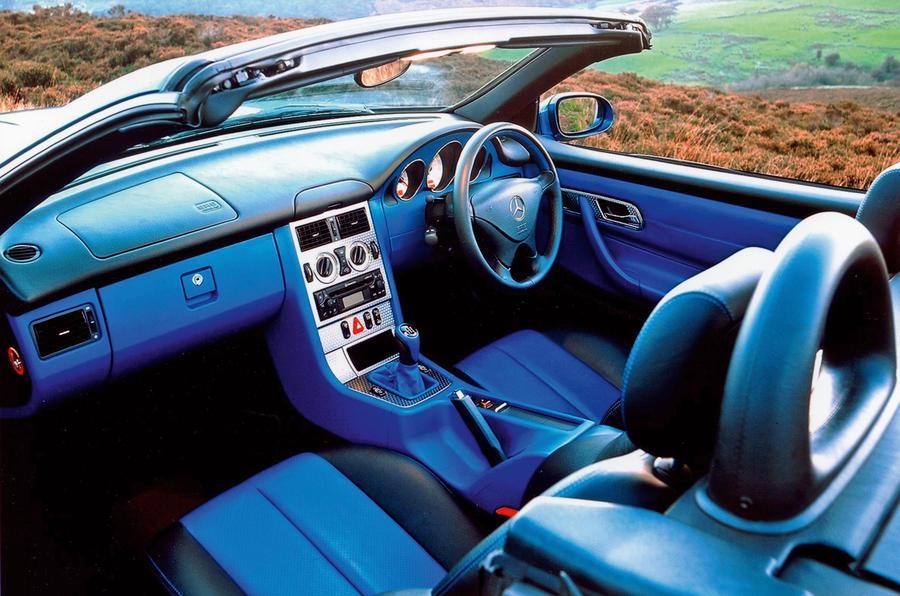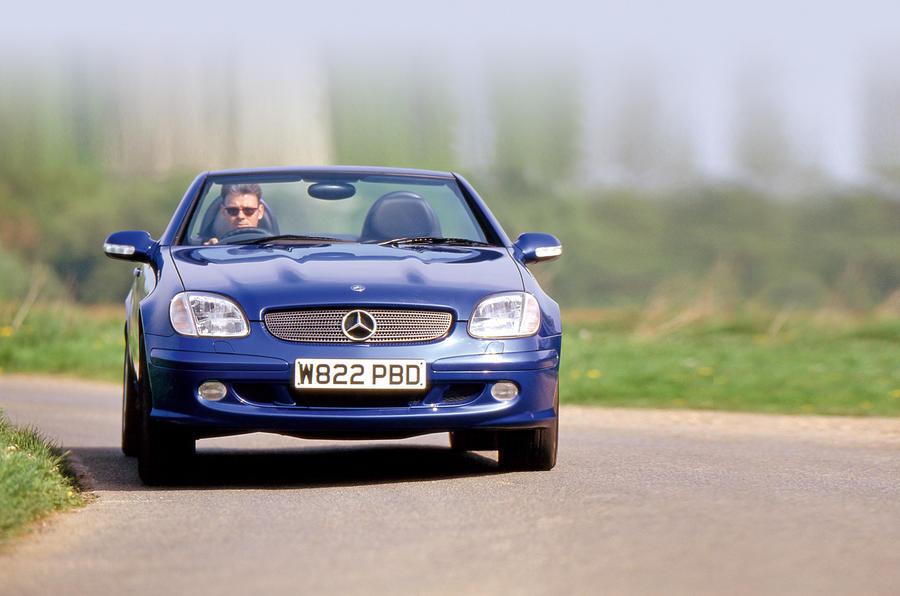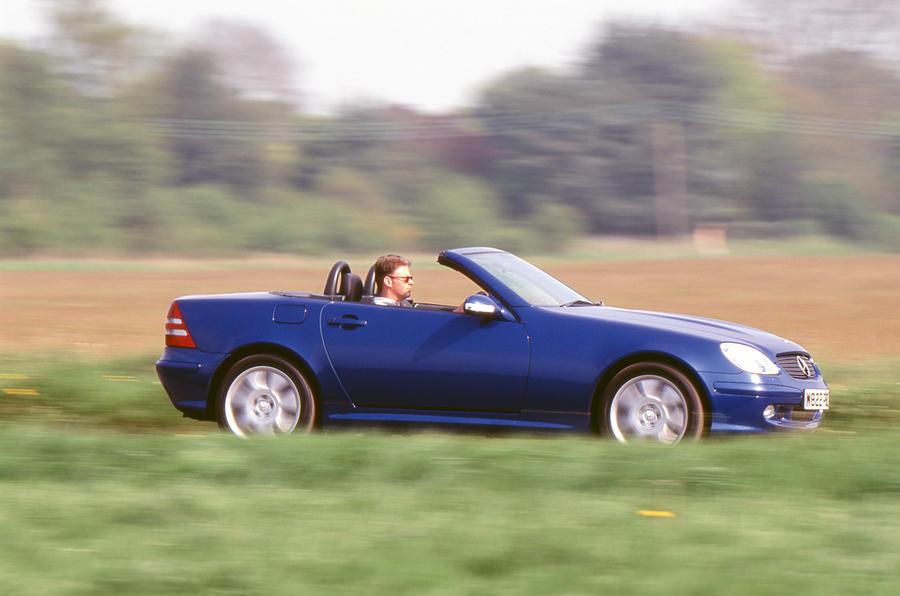Buying used: Mercedes-Benz SLK
There’s one thing you need to understand about the SLK – oxidation

Your support helps us to tell the story
From reproductive rights to climate change to Big Tech, The Independent is on the ground when the story is developing. Whether it's investigating the financials of Elon Musk's pro-Trump PAC or producing our latest documentary, 'The A Word', which shines a light on the American women fighting for reproductive rights, we know how important it is to parse out the facts from the messaging.
At such a critical moment in US history, we need reporters on the ground. Your donation allows us to keep sending journalists to speak to both sides of the story.
The Independent is trusted by Americans across the entire political spectrum. And unlike many other quality news outlets, we choose not to lock Americans out of our reporting and analysis with paywalls. We believe quality journalism should be available to everyone, paid for by those who can afford it.
Your support makes all the difference.We get used to German cars being incredibly reliable and well made. And this one is a Mercedes, so it must be totally solid, right? Wrong. The steel used seems to have been of rather poor quality, so rust is very much the enemy here, and very much in evidence. Before discussing which engine or model, think first of the bodywork.
In particular, check the wheel arches and behind the front indicator lenses. Stone chips can lead to a rusty bonnet quite quickly, while rear subframes can also suffer badly from corrosion. And if water gets into the boot it can cause a lot of damage, including knocking out the central-locking pump.

While that’s all pretty negative, there are plenty of positives. The small SLK is a stylish sports car with a cool folding roof and just the thing for a summer cruise. The Mk1, known as the R170, came with ABS, alloys and traction control and you’ll recognize the facelifted model, which came out in 2000 since it had body-coloured side skirts whereas the original had rather grim black sills.
There are plenty of models to choose from, and plenty of examples of each model, so you really should find one that suits you. The majority are the 190bhp 2.3 Kompressor models, but you can also find the 132bhp SLK 2.0 and 161bhp SLK 2.0 Kompressors, and 215bhp SLK 320 V6s. There’s also the 344bhp SLK 320 AMG, capable of 0-62mph in 5.0sec.

It should be very clear by now that whatever model you go for, you’ll really need to find one that has had serious rust-proofing work done and a full service history. Don’t assume all is well, check carefully. You could pick one up for little over £1000 but we would not recommend this unless you know exactly what you’re doing and are prepared for some serious remedial work.
For the best Mk1 cars you’re looking at north of £5500 with a really clean, low-mileage model going for £8000. But for a broader view on prices, here is the breakdown:
£1000-£1995: early (pre-’03) high-mile cars, usually 2.3 Ks and facelifted 2.0 Ks, plus the odd 3.2
£2000-£3495: mainly 80k-mile cars, but the odd low-miler too, often in odd colours
£3500-£3999: ‘02-on cars with 50-80k mileages
£4000-£5495: late-‘04 cars with high-ish (£4000) or medium (£5000) mileages
Above £5500: either the best Mk1 cars or early examples of the Mk2 (R171)
Graham Scott is a writer for AutoCar.
Join our commenting forum
Join thought-provoking conversations, follow other Independent readers and see their replies
Comments